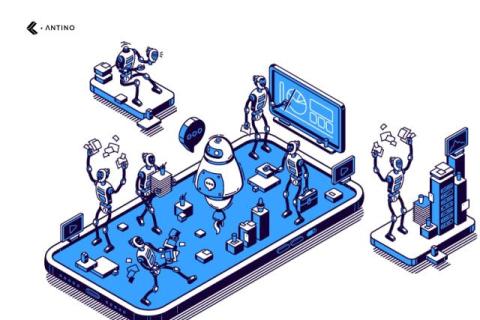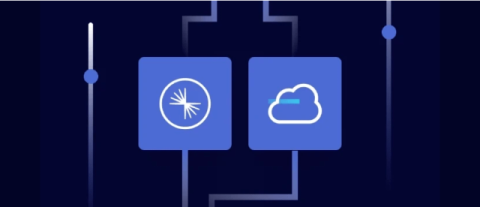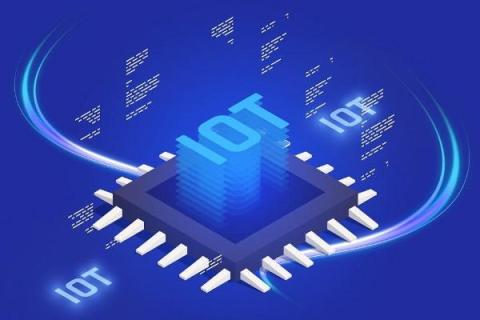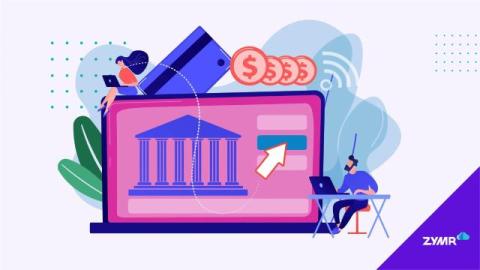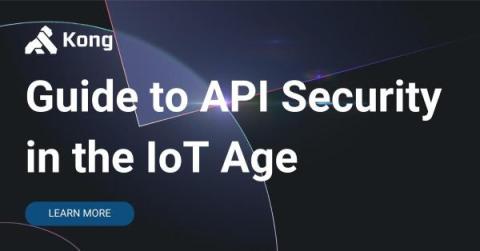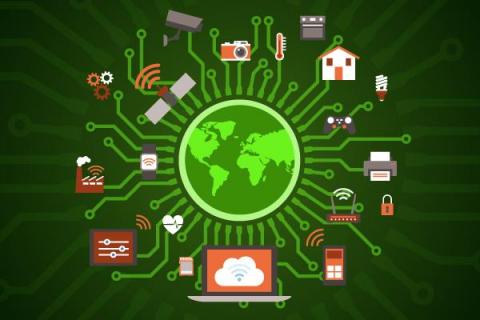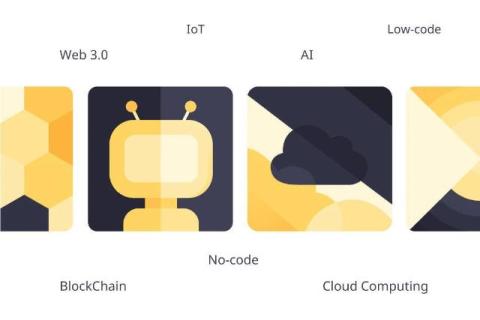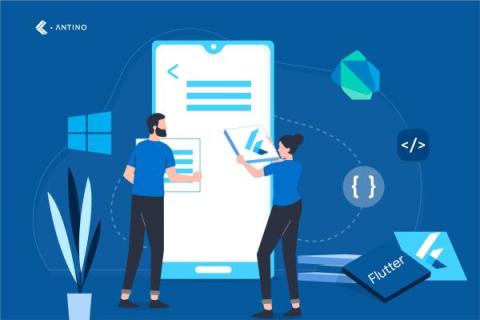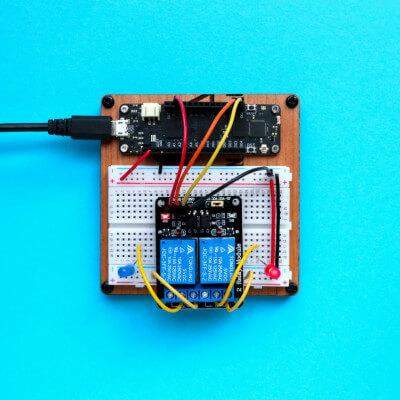The Expanding Universe of IoT: A Guide to IoT Testing in 2025 and Beyond
With its ability to link billions of objects and produce previously unheard-of volumes of data, the Internet of Things (IoT) has erupted onto the technical landscape. IoT is changing daily life and industries, from wearable and smart homes to industrial automation and linked cars. However, there are specific difficulties in guaranteeing quality, dependability, and security in this networked environment. Strong IoT testing is becoming essential rather than optional.



